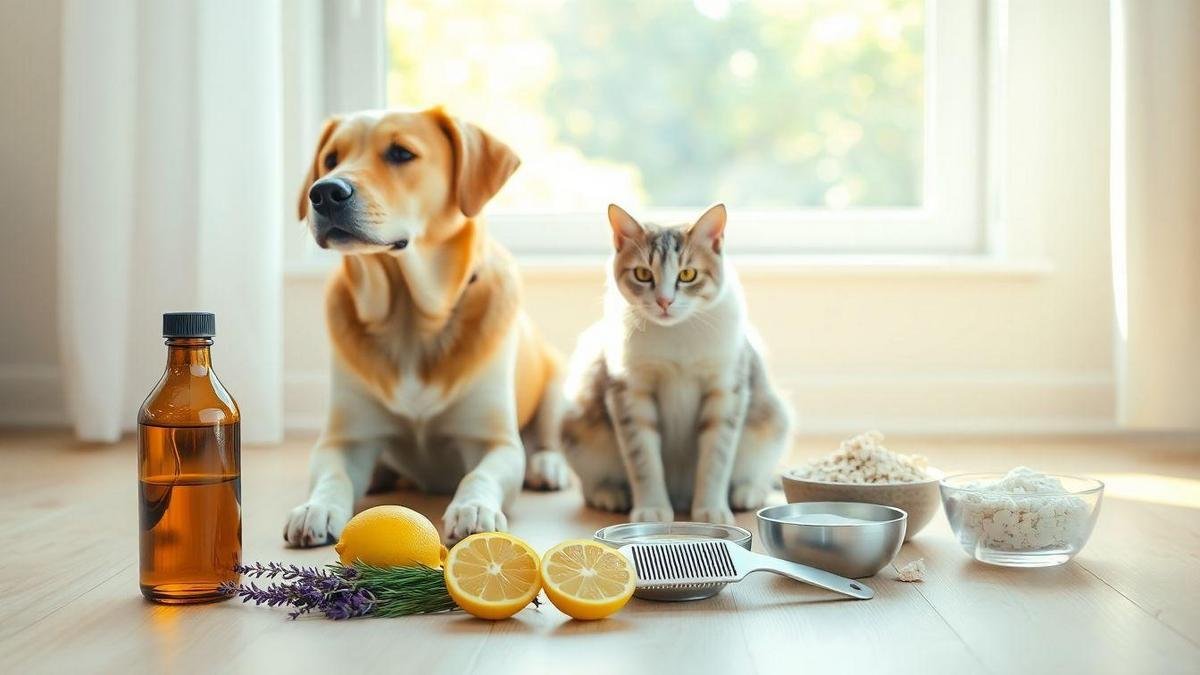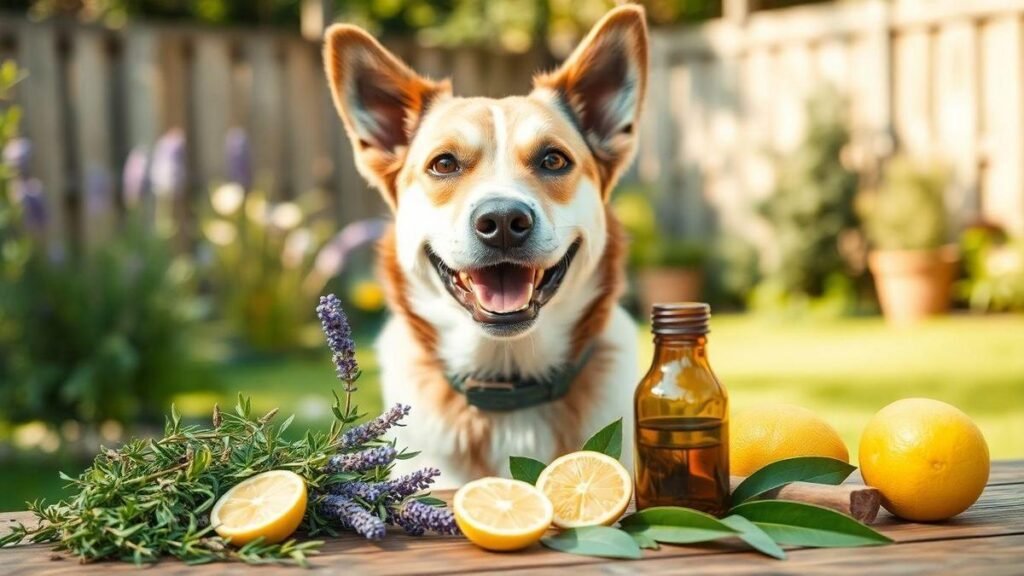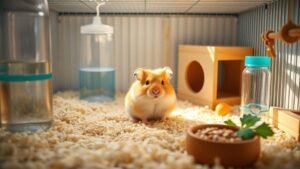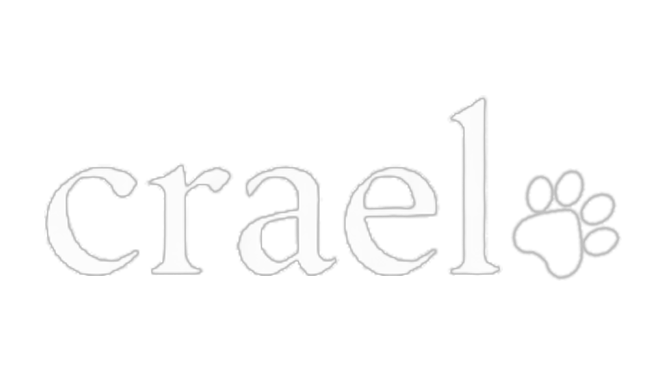Melhores tratamentos naturais para pulgas em cães e gatos
I know how upsetting fleas can be. This guide shares my daily routine, gentle home remedies, and safe steps I use to prevent and treat fleas in dogs and cats. These are practical, vet‑conscious methods that I consider some of the best “Melhores tratamentos naturais para pulgas em cães e gatos”.
Key takeaway
- Comb pets daily with a flea comb to remove adults — follow a consistent daily touch‑check routine.
- Rinse coat with diluted apple cider vinegar (ACV) for short‑term relief.
- Use food‑grade diatomaceous earth (DE) carefully around bedding and carpets.
- Wash bedding and vacuum frequently to stop reinfestation; learn more about how to keep your pet’s environment clean and comfortable.
- Always check with your vet before using essential oils or new herbal products.

My daily natural prevention routine — Melhores tratamentos naturais para pulgas em cães e gatos
I prefer simple, natural steps that avoid harsh chemicals. I choose methods that fit my pet’s size and skin, avoid concentrated oils on skin, and watch for reactions.
Daily habits
- Flea combing for 5–10 minutes over a white towel. Drop caught fleas into soapy water.
- Light ACV spray (1 part ACV : 3–5 parts water) on fur after walks — avoid eyes and open wounds.
- Quick scan of belly, base of tail, and behind the ears. Look for flea dirt (black specks that turn reddish on wet paper). For a consistent check, pair this with your daily touch‑check routine.
- Keep bedding clean — wash often and vacuum seams; practical tips on maintaining laundry and surfaces are covered in how to maintain a clean home with pets without stress.
Weekly / Monthly
- Weekly: Vacuum carpets, sofas, and baseboards; dust suspect corners lightly with food‑grade DE and vacuum after 24 hours. For safety during chores, review how to keep your pets safe during cleaning and chores.
- Weekly: Lemon or herbal rinses after baths (avoid for very young pets).
- Monthly: Treat yard with safe options (nematodes or DE) in high‑risk seasons — if you manage outdoor cats, consider guidance on transitioning outdoor cats to indoor living for added protection.
How I stop an outbreak: step‑by‑step
When I find fleas I act quickly to limit spread and relieve my pet.
- Isolate the affected pet from others if possible.
- Comb thoroughly, drop fleas into soapy water to kill them.
- Bath with a mild, pet‑safe shampoo; rinse well.
- Wash all bedding in hot water; vacuum and empty outside.
- Use ACV rinse only on healthy skin.
- Lightly apply food‑grade DE to bedding and carpets (see safety rules).
- Check and treat other pets or keep them separated until clear. For advice on cohabiting pets, see considerations for whether a dog and cat can live together.
- Monitor for 48–72 hours and contact your vet if symptoms worsen (anemia, lethargy, sores).
Apple cider vinegar (ACV) — safe use and limits
ACV can repel some fleas briefly and soothe skin, but it is not a standalone cure for heavy infestations.
- ACV rinse: 1 part ACV : 3 parts water.
- ACV spray for fur: 1 part ACV : 5 parts water.
- Avoid ACV on broken skin or near the eyes. Stop use and call the vet if irritation occurs.
Effective low‑risk home remedies I use
| Remedy | How I use it | Why it helps |
|---|---|---|
| Flea comb | Comb small sections; dip teeth in soapy water | Removes adult fleas immediately |
| Mild dog shampoo | Warm water; gentle lather; rinse thoroughly | Soothes skin, removes fleas and debris |
| Food‑grade DE | Thin dusting on bedding and baseboards; leave several hrs; vacuum | Dehydrates larvae and adults (not eggs) |
| Soapy water trap | Shallow dish with water dish soap under a lamp at night | Attracts and traps adult fleas |
| Lemon or herbal rinses | Steep lemon or chamomile; cool and spray/ rinse (avoid eyes) | Mild repellent and calming effect |
Note: For heavy infestations or signs of anemia (pale gums, weakness), see your vet immediately.
Why I use food‑grade diatomaceous earth (DE) and how I apply it safely
I consider DE one of the practical “Melhores tratamentos naturais para pulgas em cães e gatos” when used correctly. It’s a physical insecticide that dehydrates fleas.
How DE affects flea stages:
- Eggs: little effect until hatching.
- Larvae: vulnerable to the powder.
- Adults: dehydrate after contact.
Safe application steps I follow:
- Buy only food‑grade DE.
- Vacuum first, put pets in another room.
- Wear a mask (N95 or similar) to avoid inhaling dust.
- Lightly sprinkle a thin layer on carpets, pet beds, and baseboards; brush gently into fibers.
- Leave several hours (or overnight) and vacuum thoroughly.
- Wash pet bedding after treatment.
- If a pet has respiratory issues, skip DE and consult the vet. For broader home routines that minimize stress while cleaning, see how to maintain a clean home with pets without stress.
Essential oils — benefits, risks, and strict precautions
Many owners look for oil‑based repellents, but some oils are toxic to pets. I treat essential oils cautiously and always consult my vet before use; detailed safety steps are described in my guide on how to safely use essential oils around cats and dogs.
Oils I avoid entirely:
- Tea tree (Melaleuca) — can cause weakness, tremors, drooling.
- Pennyroyal — severe liver toxicity.
- Wintergreen, camphor, high‑eugenol clove — nervous system and liver risks.
If a vet approves an oil:
- Start at very low dilution (0.1%–0.25% for small dogs). Example: 1 drop oil in 10–20 mL carrier.
- Patch test on a coin‑sized area; wait 24 hours.
- Never apply undiluted oil directly on skin.
- Avoid sprays pets can inhale; prefer spot application away from the face.
- Keep oils locked away, measure with a dropper, and use one oil at a time.
Emergency signs of oil poisoning: drooling, vomiting, wobbliness, seizures, breathing difficulty — seek immediate veterinary care.
Herbal flea collars and natural shampoos — how I choose them
I look for products that balance safety, comfort, and effectiveness — true contenders for “Melhores tratamentos naturais para pulgas em cães e gatos”.
What I prefer in a herbal flea collar:
- Clear, low‑dose active ingredients (e.g., lemongrass or geranium in safe amounts).
- Soft, skin‑friendly material with a breakaway clasp.
- Cat‑safe labeling if used on cats.
- Water resistance so the effect lasts through baths — also review tips on keeping pets safe during bathing and cleaning.
Choosing a natural flea shampoo:
- Look for plant‑based surfactants (coconut‑derived cleansers), aloe, chamomile.
- Avoid high doses of pyrethrins or permethrin (dangerous to cats).
- Patch test first; lather briefly (2–5 minutes unless label states otherwise) and rinse thoroughly.
- Don’t overbathe — it can dry skin and worsen flea sensitivity.
Protecting puppies and cats in multi‑pet homes
Puppies and cats need extra caution — many natural products are still risky for them.
What I avoid for puppies and cats:
- Concentrated tea tree oil, pennyroyal, undiluted citrus oils.
- Inhalable DE dust in enclosed spaces.
- Homemade dips using human products or alcohol.
How I coordinate with my vet:
- Share ages, weights, breeds, medications, and other pets in the home.
- Start with lowest‑risk measures (flea combs, washing bedding, vacuuming).
- If a product is needed, use vet‑approved, pet‑safe formulations and follow label dosing exactly.
- Treat all pets at once if safe, and schedule a follow‑up; a good overview of general care basics is available in the guide to caring for pets.
- For multi‑species households, review compatibility tips on whether a dog and cat can live together and how to prepare your home for a new dog or cat.
Emergency steps if a pet reacts:
- Stop the product immediately.
- Wash the area with lukewarm water and mild soap if topically applied.
- Remove collars or coverings.
- Call your vet or emergency clinic and provide the product label.
- If breathing is labored or the pet collapses, go to ER now.
Conclusion
My approach to Melhores tratamentos naturais para pulgas em cães e gatos is simple: prevent, protect, and use gentle, consistent steps. Daily combing, a light ACV rinse, careful baths, washing bedding, and targeted use of food‑grade DE are practical measures that add up. Always prioritize safety — get vet guidance for oils and new products, do patch tests, and be extra cautious with puppies and cats. Early action and consistency prevent small problems from becoming big ones. For broader pet care and routines, see the care checklist and the site homepage for more resources: blogcraelo.com.
Frequently asked questions
Q: What natural flea treatments can I try right now?
A: Dish soap baths, daily flea combing, diluted ACV spray, and frequent washing/vacuuming are good immediate steps. These are common recommendations for Melhores tratamentos naturais para pulgas em cães e gatos.
Q: Are essential oils safe for dogs?
A: Only with vet approval and very low dilutions. Avoid tea tree and other highly toxic oils — read guidance on using essential oils safely around pets.
Q: How can I treat my home naturally?
A: Vacuum often, wash bedding in hot water, use food‑grade DE sparingly in targeted spots, and set soapy traps for adult fleas. For practical cleaning routines, see how to maintain a clean home with pets without stress and how to keep your pet’s environment comfortable.
Q: Will natural methods work fast enough?
A: Natural methods reduce flea load and help prevent outbreaks but require daily consistency. See your vet for heavy infestations.
Q: Can I use natural treatments on puppies or pregnant dogs?
A: Be cautious — stick to flea combs, gentle baths, and your vet’s recommendations. Avoid concentrated oils and DIY mixes; if you’re preparing a space for a new or pregnant pet, review how to prepare your home for a new dog or cat.






